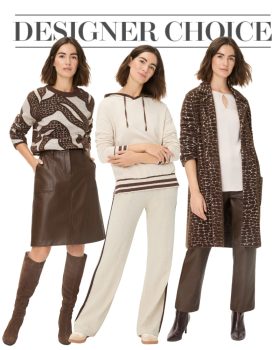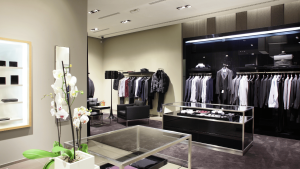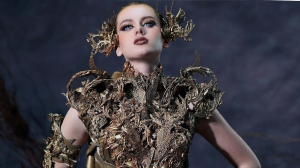From ‘Breakfast At Tiffany’ that made the store’s fifth avenue flagship a tourist destination to ‘The Devil Wears Prada’ that looks at the fashion publishing industry or ‘GirlBoss’ that comments on vintage fashion, the most iconic fashion films and web series offer a cultural mirror of the era.
Whether it’s a costume designer’s eye for sourcing and styling the right look, a director’s talent for visualising fashion trends, or the imprint of legendary designers, this symbiosis has produced some of cinema’s most memorable onscreen moments. Be it to satisfy curiosity about the glamorous fashion industry and learn about the backstory of some of the most significant milestones in fashion history, or simply to indulge in a little sartorial escapism, let’s take a look at the most iconic fashion films and web series. Aspirational, historical, or playful, each of these works continues to shape how we perceive the fashion industry.
The Devil Wears Prada
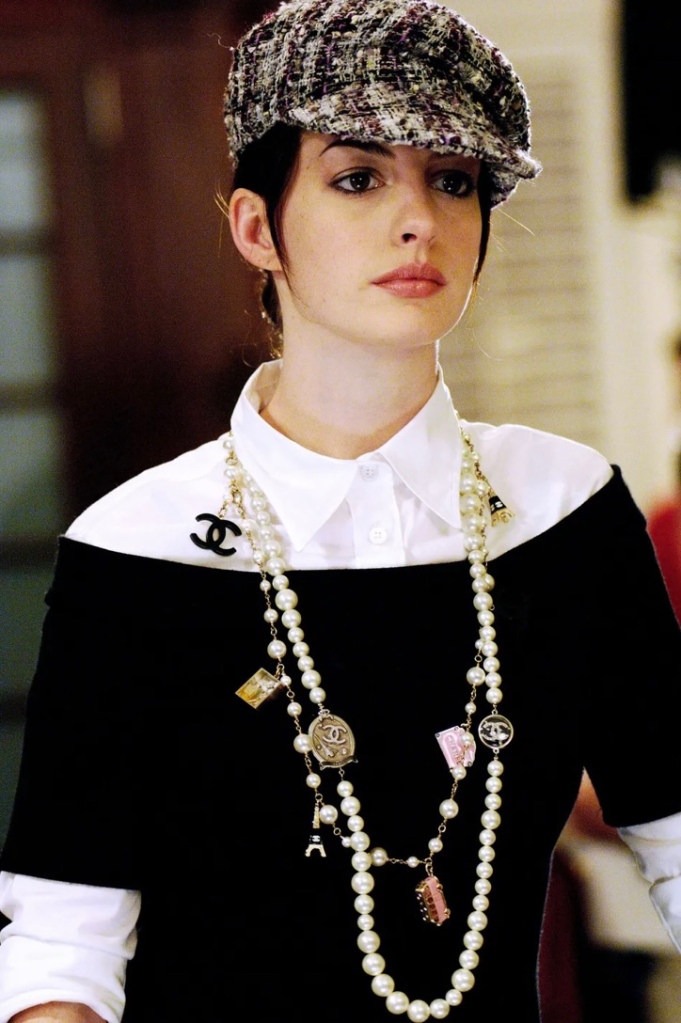
Arguably the definitive fashion film of the 21st century, ‘The Devil Wears Prada’, a film that offers a sharp, satirical look at fashion publishing, grossed over $326 million, bagged two Oscar nominations and the sequel is in production. Based on the book by Lauren Weisberger, ‘The Devil Wears Prada’ follows Andy (Anne Hathaway) as she steps into the world of fashion publishing when she joins Runway magazine as Miranda Priestly’s (Meryl Streep) assistant.
Anne Hathaway’s transformation is cinema’s most referenced makeover arcs even today. Her minidress, blazer, sheer tights, knee-high boots and Chanel multi-layer necklace is a look that ‘a million girls’ would die for. Her white shirt fastened up to the top button, off-the-shoulder dark jumper, layered necklace and baker boy hat is another iconic style. Miranda Priestly’s extravagant coats are a must-have old-money look for Fall.
Sex And The City
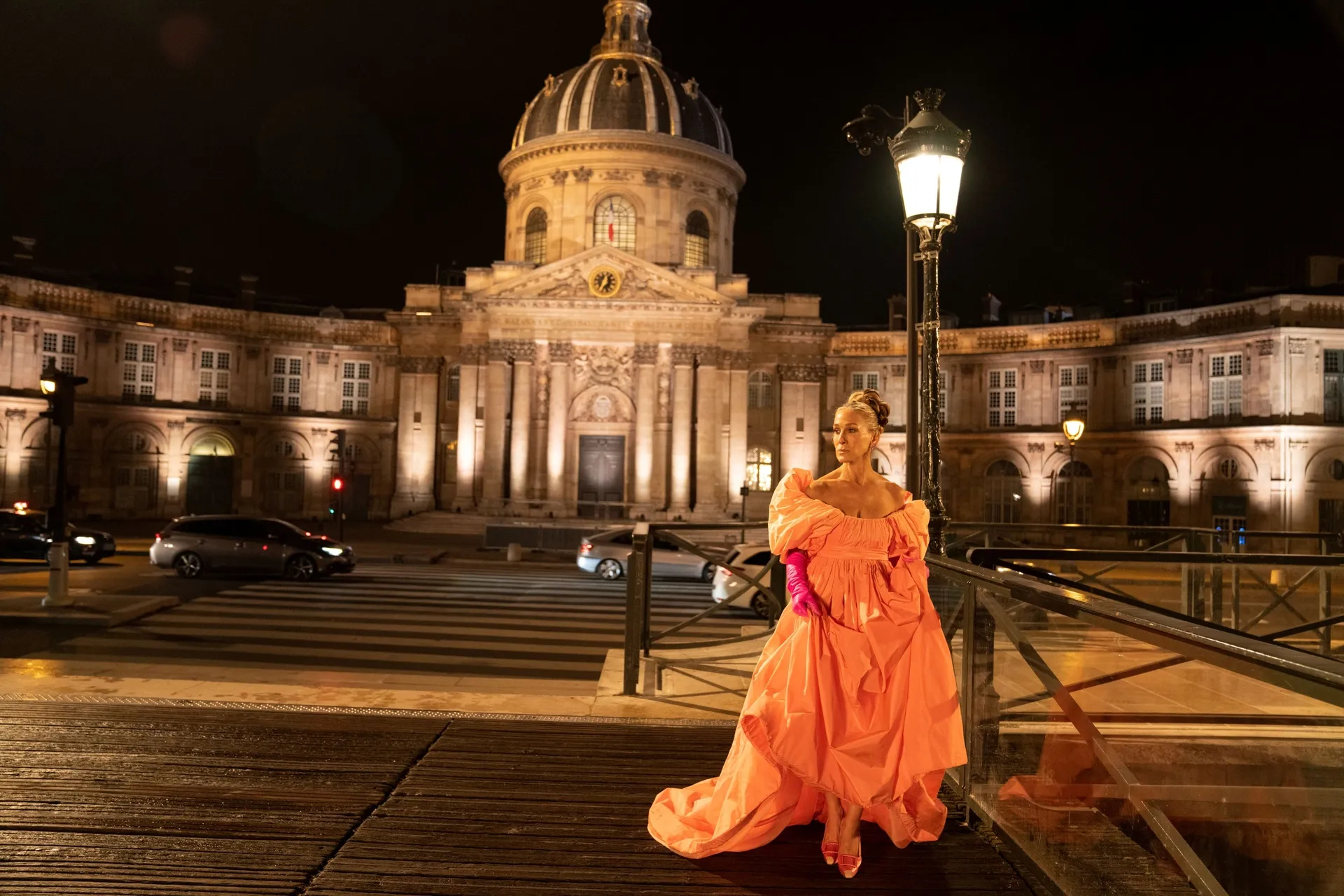
Twenty-five years ago, four women rewrote the script for love, friendship — and fashion — in New York. The six seasons of ‘Sex and the City’, two films, and reboot series, ‘And Just Life That’, followed the lives of these women and showcased iconic fashion moments that changed how we aspire to be ‘fabulous’.
Costume designer Patricia Field captured New York style—mixing high fashion, thrift finds, and personality-driven dressing as a from of self-expression. Carrie Bradshaw (Sarah Jessica Parker), Miranda Hobbs (Cynthia Nixon), Charlotte York (Kristin Davis), and Samantha Jones (Kim Cattrall) gave luxury brands a household status, making the Fendi baguette, JW Anderson pigeon clutch, Oscar de la Renta gown, Mugler jacket and Manolo Blahnik stilettos as famous as the women who wore them — Carrie Bradshaw’s ‘wedding shoes’ witnessed searches for Manolo Blahnik jump 391 percent!
Protagonist Carrie Bradshaw spends the franchise maintaining her shoe closet while working as a columnist for a local newspaper — she stages a fake wedding registry at Manolo Blahnik to express her frustration at being judged for being single and spending on shoes. Samantha Jones’ bright power jackets became the go-to boardroom look for women, Miranda’s minimalist style inspired lawyers and bankers, while Charlotte Hobbs’ invoked the spirit of Elizabeth Taylor in a strapless pink midi with a slim belt and oversized shades; to pull herself together after a miscarriage, Charlotte pondered, ‘what would Elizabeth Taylor do?’ The result is an elegant look that taught women about the power of fashion to uplift our spirits.
Emily In Paris
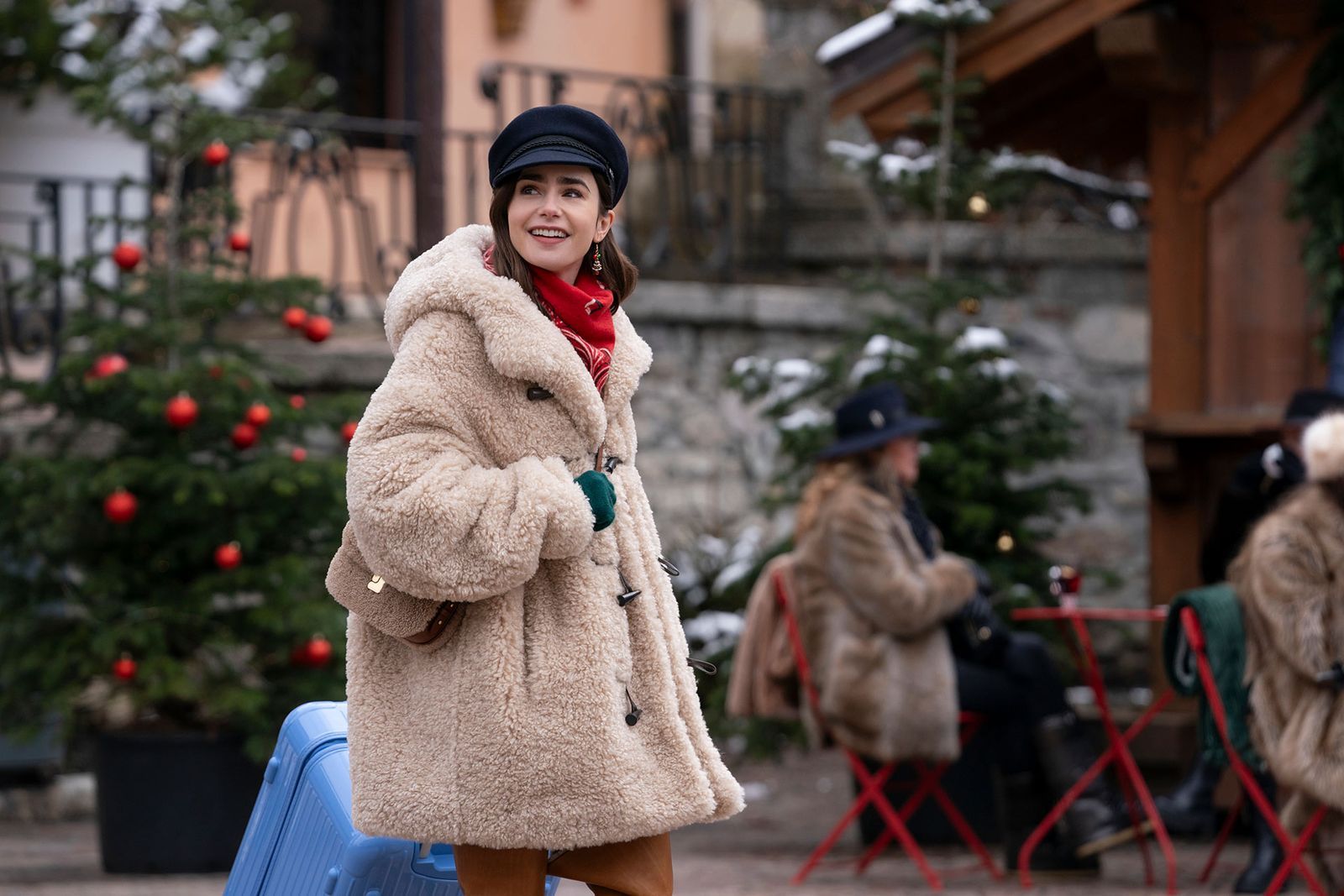
‘Emily In Paris’ follows Emily Cooper, a young American marketing executive who moves to Paris for a dream job as a social media executive at a French luxury firm. The show depicts her glamorous, albeit challenging, life as she navigates cultural differences, office politics and a complicated love life. The web series is popular for Emily’s style evolution from maximalist, playful looks to Parisian chic. It’s a “more is more” approach that combines bright tweed, bold monochrome, berets and hair jewellery, differentiating itself from classic, understated Parisian chic.
Emily In Paris has seen the rise of Instagram accounts like @EmilyInParisOutfits (170,000 followers) and @EmilyInParisOutfit (25,600 followers), which features standout looks from the show. On TikTok, there are seven million posts featuring the term “Emily in Paris clothes”. To leverage demand, Netflix collaborated with Google Lens to allow fans to use the image recognition technology to buy looks similar to those in the show! “While brand deals have been a part of TV in the past, they are more intentional and strategic now with how heavy of an influence social media has on consumers,” Metricool’s Caceres tells Vogue Business. “Fashion-TV tie-ups help audiences have more exposure to fashion brands and put them at the forefront of their own experiences in shopping.”
The Bold Type
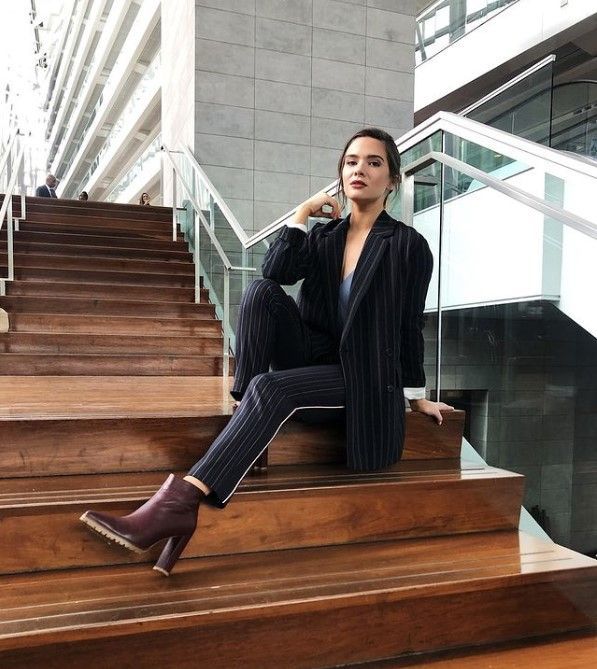
‘The Bold Type’ is a drama series inspired by the career of former ‘Cosmopolitan’ editor-in-chief Joanna Coles. It chronicles the personal and professional lives of three millennial women—Jane Sloan, Kat Edison, and Sutton Brady—as they navigate work at the fictional publication Scarlet magazine in New York City, in aspirational, relatable looks, balancing high-end luxury with thrift and accessible styling.
Each character’s wardrobe reflects individuality and growth: Sutton’s vintage-inspired closet evolves astride her career; Kat’s bold bohemian looks express her activism, individuality and fearless attitude; Jane’s classic workwear gains edge as her confidence grows; and editor Jacqueline’s power dressing demonstrates that professional attire can be authoritative and stylish.
The show makes aspirational fashion achievable by combining designer wear with high-street, encouraging viewers to recreate standout looks on a budget. “On the whole, I have given the looks an aspirational element because we all need to escape, especially during this time,” costumer Danielle Launzel Launzel tells Vogue. “In terms of affordability, some of the items we source from fast fashion brands are paired with a more expensive item, and you’d never know the difference.”
The New Look
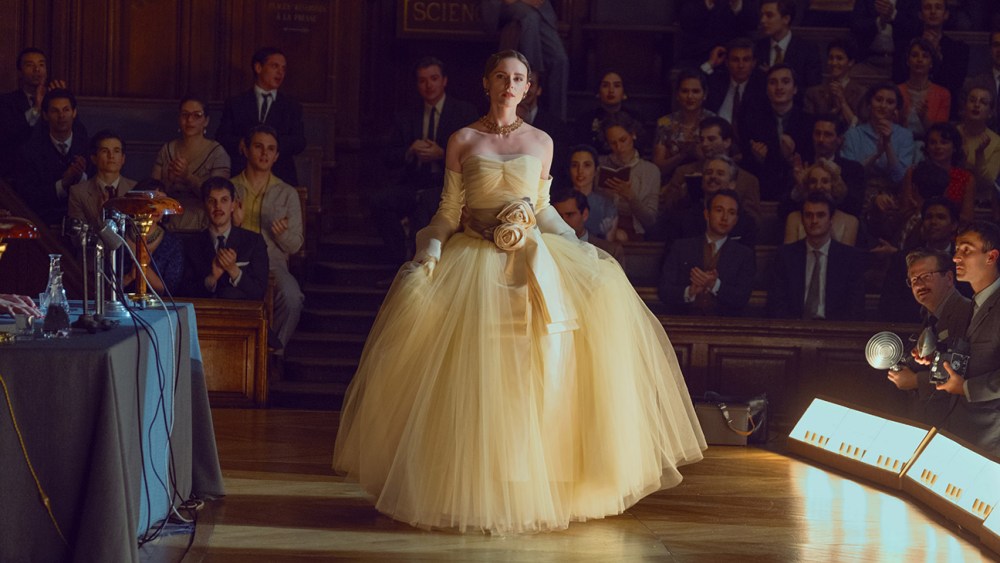
Set in post-war Paris, ‘The New Look’ narrates how Christian Dior (played by Ben Mendelsohn) launching his eponymous fashion label. The narrative builds towards the now-legendary 1947 New Look collection—with cinched waists, full skirts and soft shoulders—which symbolises a personal triumph and the rebirth of post-war French couture. The web series is a reminder that fashion is shaped by politics, economy, culture and history. The lavish costume design in the show, notably the recreation of Dior’s iconic Bar suit shows how haute couture and ready-to-wear revisits the elegance of the mid-century silhouette and contemplates how fashion can engage with its own past.
“Dior was very generous in opening up its archives to us,” costume designer Karen Serreau tells The Hollywood Reporter. “The way Todd has crafted the story, early on we see Christian talking to an audience at the Sorbonne in 1955, with a runway showing of several designs, and then of course later we see the debut showing of the 1947 collection. Dior worked closely with us on choosing the outfits that would work for the project, and they played a big role with sketches, fabric swatches and photographs. In some cases they had fabrics hand-dyed or made up for us — a 1947 leopard-print dress, for example, they recreated that fabric for us.”
House of Gucci
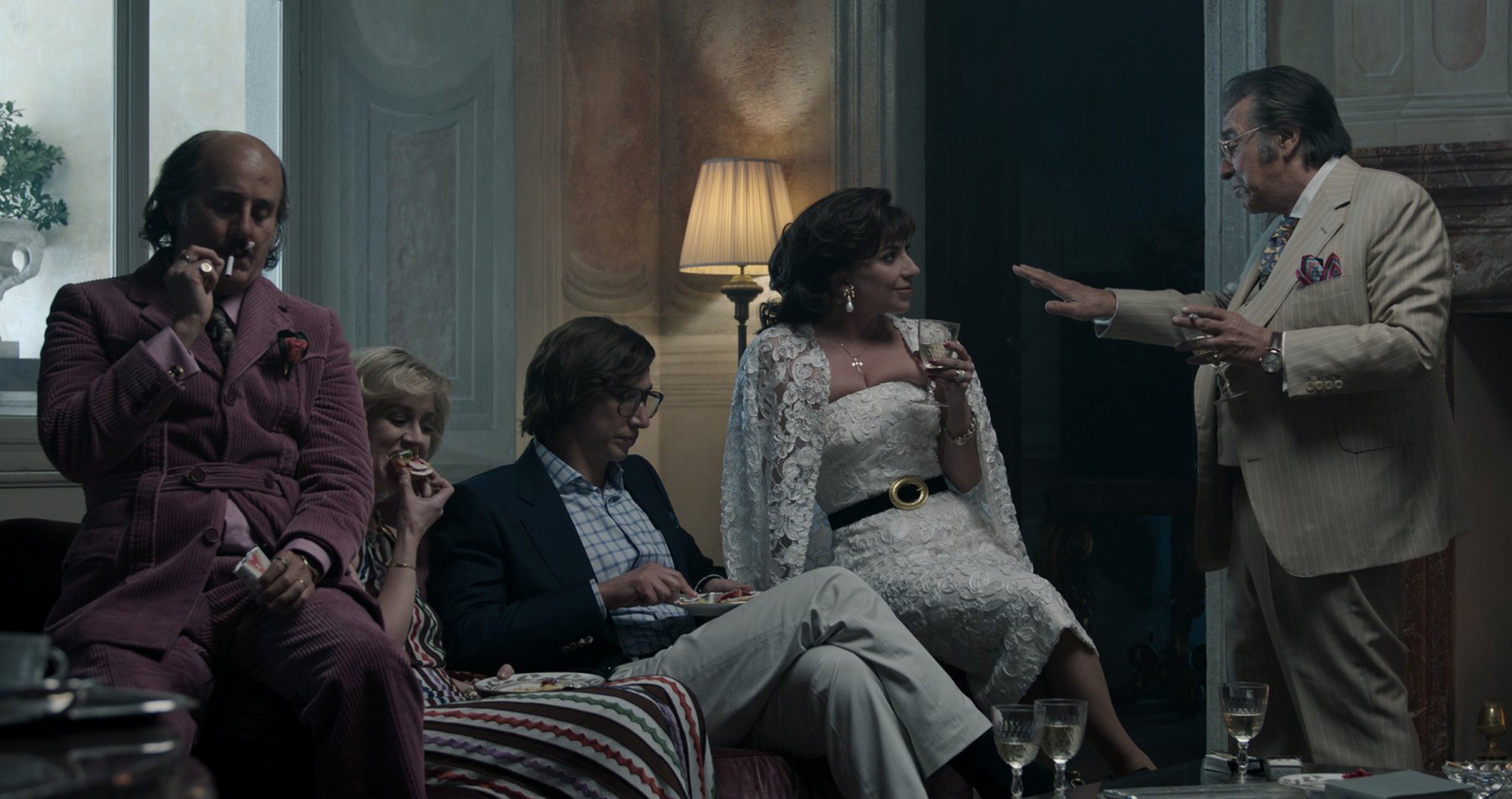
‘House Of Gucci’, directed by Ridley Scott and based on Sara Gay Forden’s book, chronicles the legacy of the Gucci family and the dramatic events surrounding Maurizio Gucci’s murder. The narrative, which includes rivalries between family members, lawsuits, tax evasion, and murder, provided creative fodder for screenwriters Roberto Bentivegna and Becky Johnston. Beyond the story of ambition and betrayal, it is a visual study of luxury fashion brands, creative control, and how branding shapes modern identity. PS Lady Gaga’s portrayal of Patrizia Reggiani resulted in global fascination with the iconic brand’s history.
Visually, the film is a showcase of l1970s — 1990s Italian glamour: sharp tailoring, silk blouses, jewel tones, monograms, ski suits, leather, and gold-toned fashion accessories. Its costume design reintroduced ‘power dressing’—structured shoulders, pencil skirts, and oversized outerwear—alongside logomania and statement jewellery. This aesthetic dovetailed with a wider appetite for nostalgia, boosting interest in archive pieces and period styling across red carpets, editorials, and social media mood-boards.
Breakfast At Tiffany

Holly Golightly, a charming New York socialite with a curated mystique, drifts between lavish parties, rich suitors, and window-shopping at Tiffany’s. When struggling writer Paul Varjak moves into her building, a complicated friendship develops as both confront the gap between their façades and their true selves. The film follows Holly’s attempts to choose genuine connection over her facade.
‘Breakfast At Tiffany’ reshaped fashion’s visual language. Audrey Hepburn’s Holly, dressed by Hubert de Givenchy, canonised the ‘little black dress’ as the ultimate day-to-night piece, finished with pearls, opera gloves, oversized sunglasses, and the beehive up-do. Beyond the opening look, the wardrobe popularised slim black pants, ballet flats, men’s-style shirts, and the beige trench—items that became building blocks of the modern capsule wardrobe.
The film’s influence is seen in runways, advertising campaigns, bridal styling, and high-street accessories alike; fashion editorials still reference Holly’s silhouette while stylists mine the film’s polished minimalism for red-carpet and streetwear—proof that ‘Breakfast at Tiffany’s’ fused cinema and couture into a timeless style blueprint. Tiffanys gained enormous exposure — the luxury brand opened its Fifth Avenue flagship on a Sunday for the first time since the 19th century to allow filming under the watch of armed guards. That level of accommodation shows the brand’s bet on the film and drew intense public interest to the store: business press credited the 1961 film with making the store famous to mass audiences, turning the Fifth Avenue flagship into a tourist must-see for decades afterward.
Project Runway
‘Project Runway’ is a reality competition series where emerging fashion designers race against the clock to conceive, cut, and sew original garments in themed challenges. Working with limited budgets and materials—from couture fabrics to hardware-store odds and ends—contestants present finished looks on the runway to a panel of fashion heavyweights. Weekly eliminations lead to a finale where finalists showcase cohesive collections, with the winner earning the prize and industry exposure.
The series helped democratise fashion by bringing the design process—sketching, fittings, pattern-making, and critique—into living rooms. It popularised fashion vocabulary, showcased hard work and craftsmanship behind the glamour, and inspired a new generation to study fashion design. Retail tie-ins, fabric sponsorships and social media buzz turned winning looks and memorable challenges into cultural moments, while alumni leveraged the platform to launch labels, collaborate with retailers, and dress red-carpet clients.
The show’s broader impact includes pushing conversations on diversity, size inclusion, and sustainability through specific briefs and casting choices, while normalising the realities of the creative industry under pressure. Although critics argue the format can favour spectacle, the series is a gateway to fashion education and entrepreneurship. It expanded the pipeline of talent, gave fashion editors and retailers new discovery and cemented the runway show as compelling mainstream entertainment.
Pret-à-Porter
Robert Altman’s satirical take on Paris Fashion Week highlights the theatrical nature of fashion media and runway spectacle. The film mirrored the supermodel era and the fashion industry’s obsession with image. Today, the film is viewed as an archival snapshot of the industry in the ’90s.
The narrative is interesting — After the sudden death of the fashion council head, editors, designers, models, buyers, and reporters circle the shows and each other, exposing rivalries, affairs, and media games. The story weaves multiple plot-lines—most notably two rival television correspondents chasing the same scoop and a missing shoe shipment—culminating in a finale where models walk the runway nude to make a point about illusion and image.
Its impact on fashion lay in how it demystified the industry’s backstage culture for a wider audience. The film used Paris venues, runway formats, and cameos from fashion. designers, magazine editors, and supermodels, combining fiction with documentary texture. This brought the mechanics of fashion week—seating charts, sample runs, PR spin, and celebrity placement—into the spotlight. It also captured the shift toward the supermodel era as a media spectacle.
Yves Saint Laurent
‘Yves Saint Laurent’ (2014), directed by Jalil Lespert, follows the legendary fashion designer’s rise from his appointment at Dior in 1957 to the founding of his own fashion label with Pierre Bergé in 1961. Played by Pierre Niney, YSL navigates breakthrough moments—the Mondrian dresses, the tuxedo Le Smoking, safari jackets, and his Marrakech inspirations—while the film traces his muses (Betty Catroux, Loulou de la Falaise, Catherine Deneuve), addictions, and the complicated partnership with Bergé (Guillaume Gallienne).
The film created public awareness of Saint Laurent’s milestones in fashion, helping a new generation understand why Le Smoking, the Mondrian line, sheer blouses and the safari look still shape wardrobes. It fuelled editorial homages and runway references, reinforced the power of the designer–muse dynamic, and framed YSL as a template for modern luxury storytelling—where brand legacy, personal vulnerability, and cultural references converge.
GirlBoss
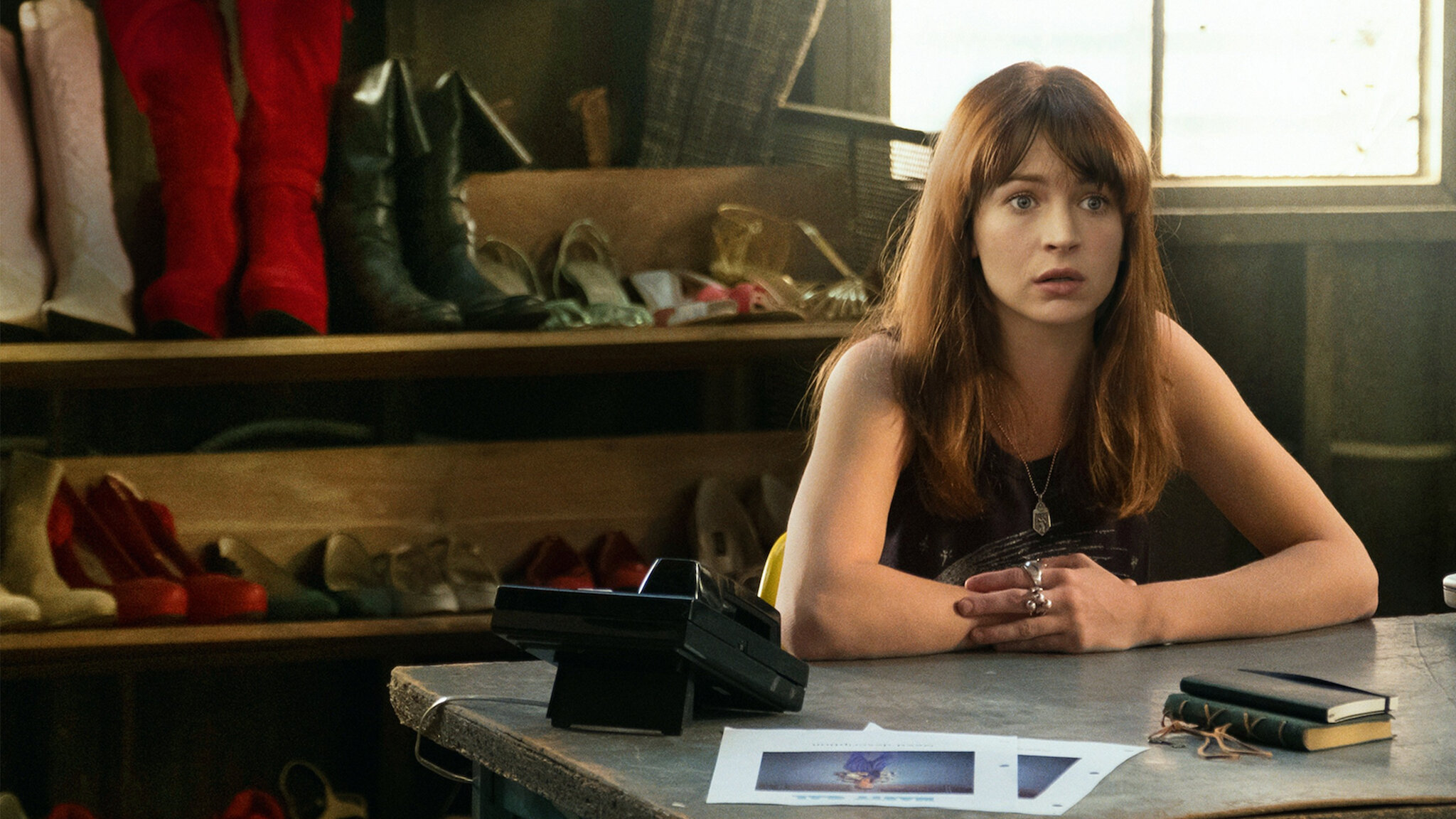
In this web series produced by Sophia Amoruso, Britt Robertson plays Sophia Marlowe, who started selling vintage clothing online on an eBay store from her San Francisco apartment. The side hustle turns into a multi-million dollar fashion business, NastyGal and the narrative navigates sourcing, styling, shipping, and early-stage startup chaos as it grows into a fast-growing fashion business.
‘GirlBoss’ popularised the idea that curated vintage fashion is stylish and commercially viable. It helped normalise secondhand fashion as a creative career path by showing the workflow—thrifting, mending, styling, photography, listing and brand-building. Around the show release, markets like Depop and Poshmark were expanding; the series reinforced that pre-loved garments, presented with strong storytelling and photography, could compete with new retail on desirability and price.
The ‘girlboss’ ethos encouraged a wave of micro-entrepreneurs who turned thrifting into small businesses and Instagram shops, boosting demand for vintage and second-hand pieces and pushing mainstream labels to reference archive looks. At the same time, critics argued that glamorising resale contributed to higher thrift-store prices. The show’s legacy sits between empowerment—making reuse aspirational—and the commercial pressures that can distort the original social benefits of thrifting.
Halston
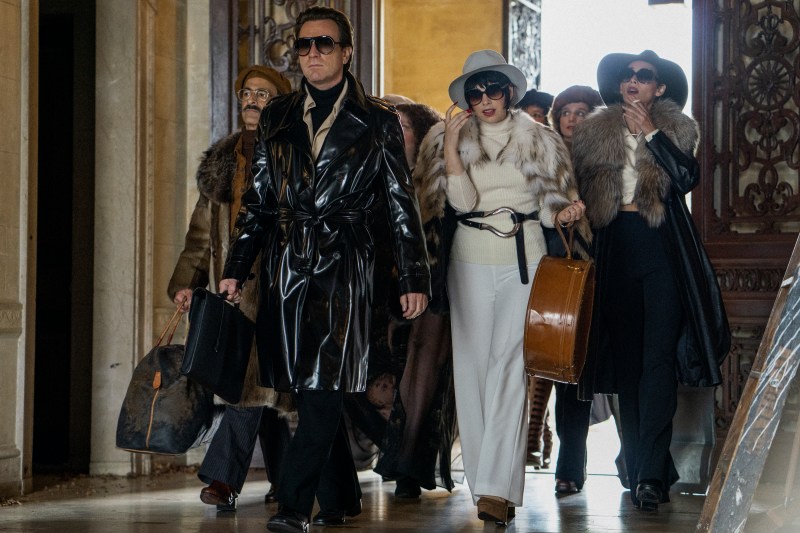
Halston is a 2021 Netflix limited series produced by Ryan Murphy (created by Sharr White) and led by Ewan McGregor as Roy Halston Frowick. It traces the iconic fashion designer’s rise from milliner of Jackie Kennedy’s pillbox hat to the king of American fashion—jersey gowns, bias cuts, and the iconic Ultra-suede shirt-dress—set against Studio 54 fame, friendship with Liza Minnelli, and a business empire. The drama pivots on Halston’s licensing strategy, substance abuse, and corporate entanglements culminating in the loss of control over his own fashion brand.
The show rekindled mainstream interest in American minimalism and disco-era: fluid silhouettes, slinky jersey, cape-backs, and Ultra-suede returned to mood boards, vintage demand spiked, and Halston’s archive was reappraised by stylists and costume departments. It also sharpened industry debate about designer IP and licensing—how rapid commercial deals can dilute a brand and even separate a creator from their namesake.
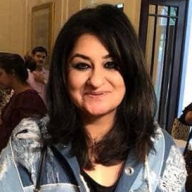
Jasmeen Dugal is Associate Editor at FashionABC, contributing her insights on fashion, technology, and sustainability. She brings with herself more than two decades of editorial experience, working for national newspapers and luxury magazines in India.
Jasmeen Dugal has worked with exchange4media as a senior writer contributing articles on the country’s advertising and marketing movements, and then with Condenast India as Net Editor where she helmed Vogue India’s official website in terms of design, layout and daily content. Besides this, she is also an entrepreneur running her own luxury portal, Explosivefashion, which highlights the latest in luxury fashion and hospitality.





